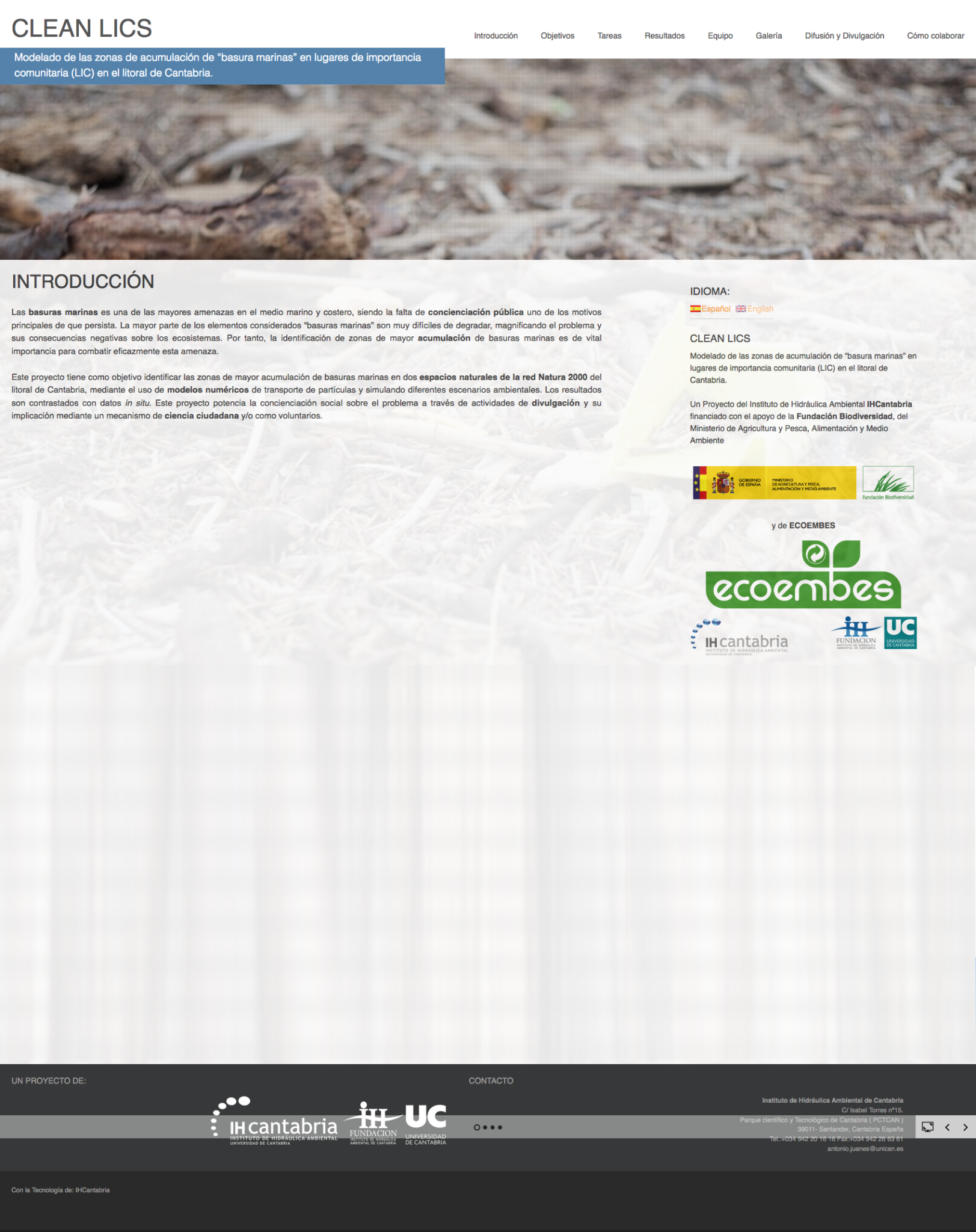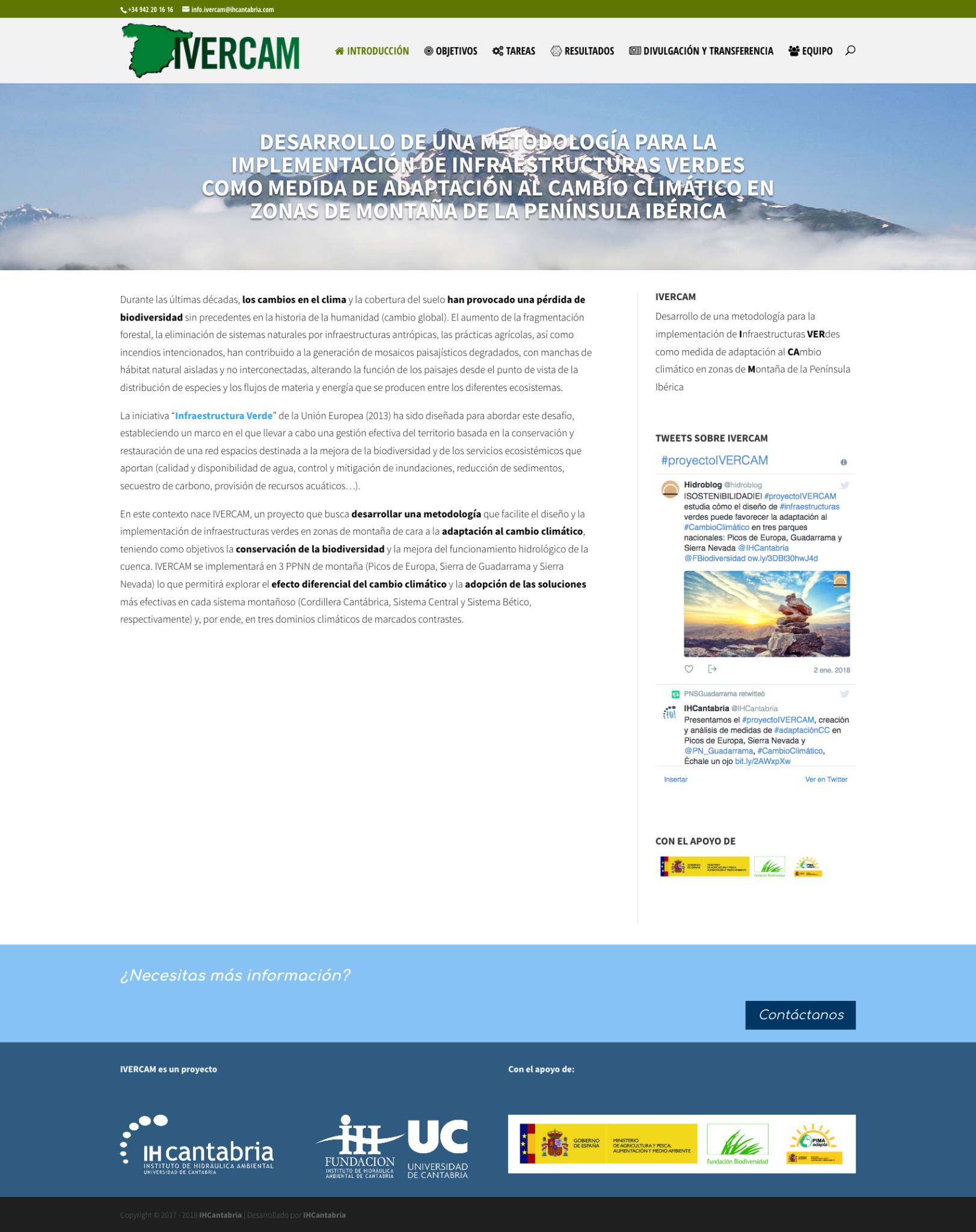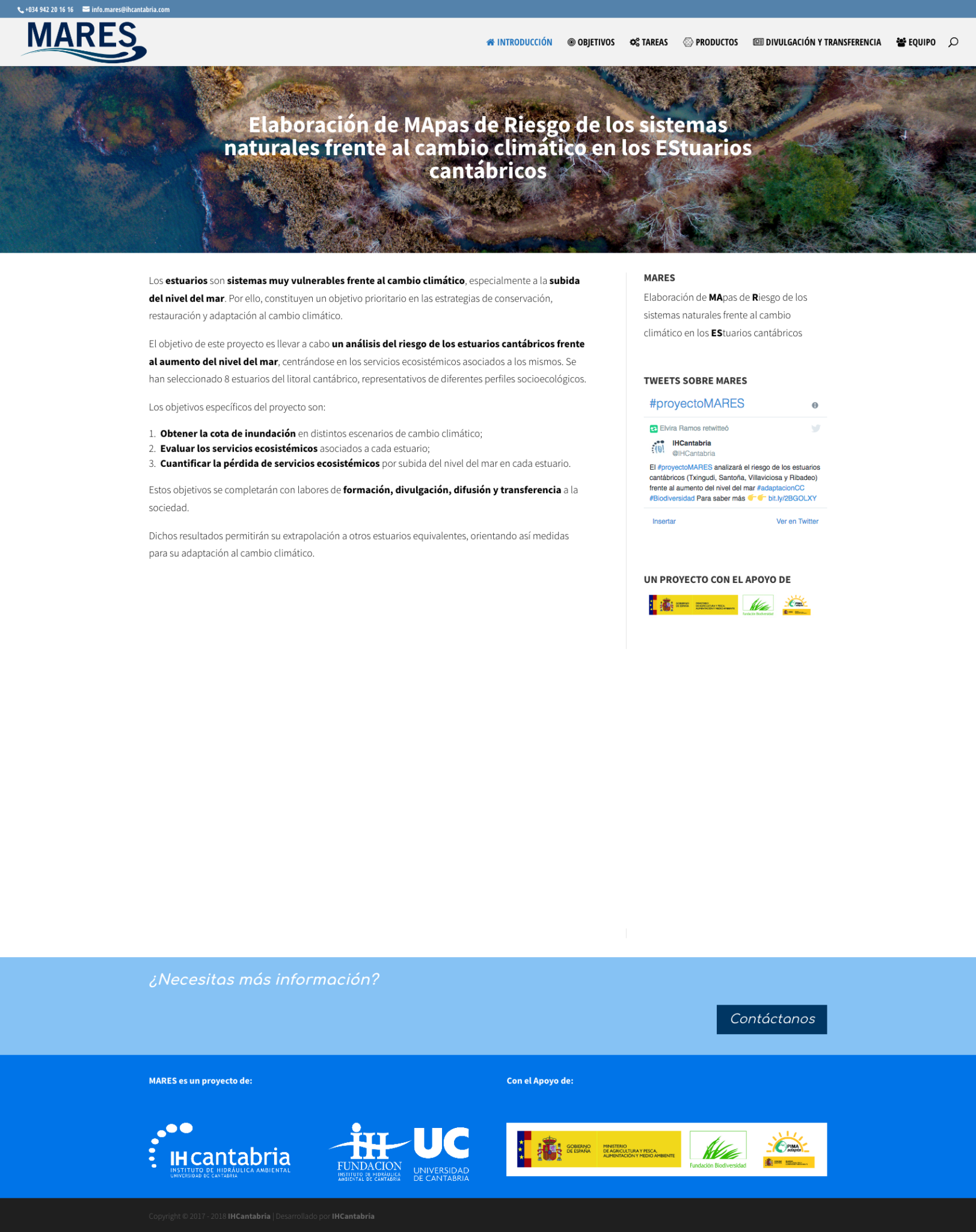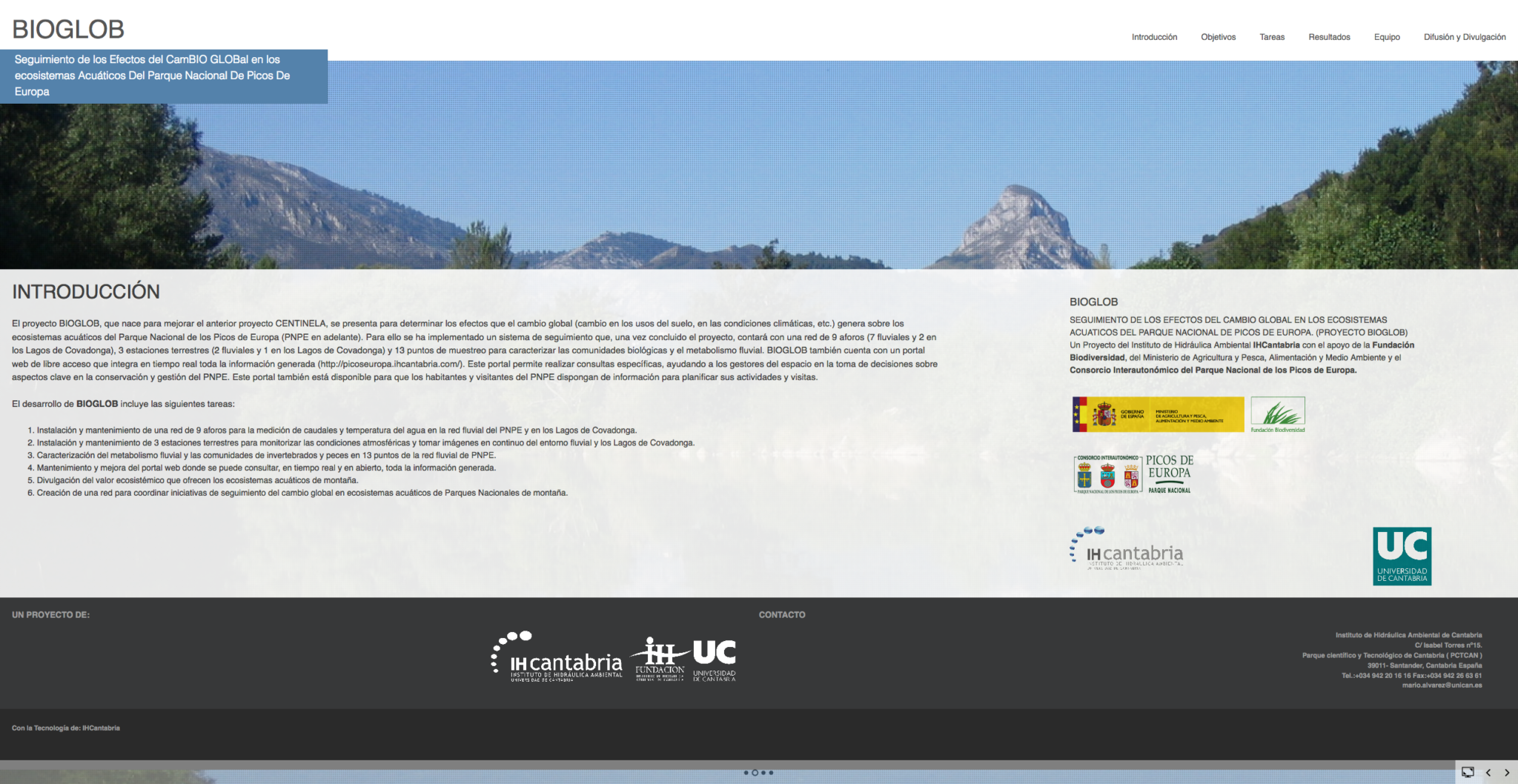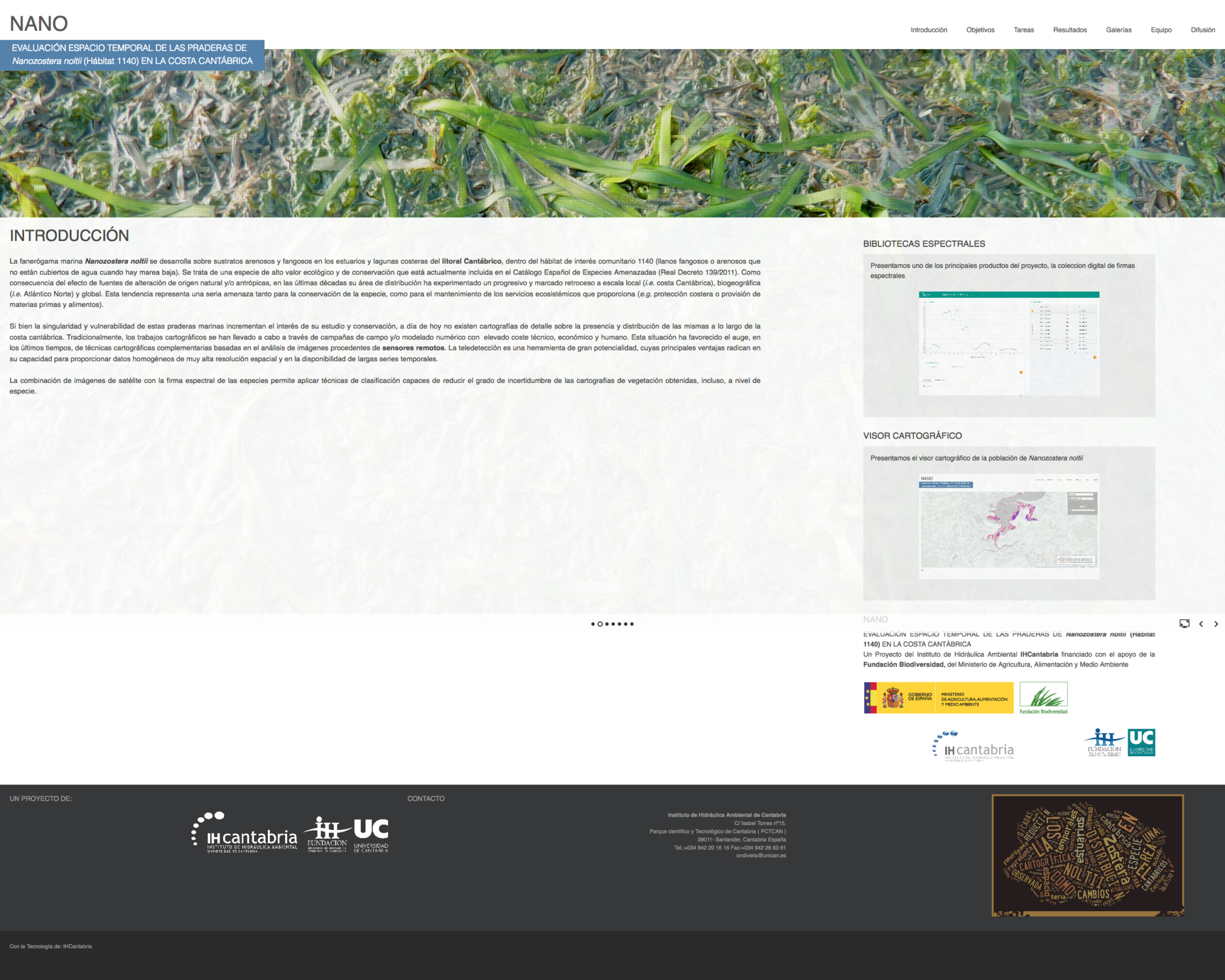FUNDACIÓN
BIODIVERSIDAD
Please install Yoast SEO plugin and enable the breadcrumb option to use this shortcode!
PROJECTS
MONITOR-EA
MONITOR-EA meets the objectives for which the Global Change Monitoring Network was established in the National Parks Network, as it will improve and increase the physical, chemical and biological database of these ecosystems, which will be made available to managers, researchers and the general public in real time.
CLEANLICS
The aim of the CleanLICS project is to identify areas with a high accumulation of marine litter in two sites of the Natura 2000 network of the Cantabrian coast (Spain) using particle transport numerical models and simulating different environmental scenarios. The results of the models are validated with in situ observations. This project also aims to enhance the public awareness about marine litter through outreach and dissemination activities
IVERCAM
A project that seeks to develop a methodology that facilitates the design and implementation of green infrastructures in mountain areas in order to adapt to climate change. Its objectives are to preserve biodiversity and improve the hydrological functioning of the watershed.
MARES
The aim of this project is to carry out a risk analysis of the Cantabrian estuaries in the face of rising sea levels, focusing on the ecosystem services associated with them. Eight estuaries have been selected from the Cantabric coast, representative of different socio-ecological profiles.
BIOGLOB
The BIOGLOB project, which was born to improve the previous CENTINELA project, is presented to determine the effects that global change (change in land use, climatic conditions, etc.) generates on the aquatic ecosystems of the Picos de Europa National Park.
NANO
EVALUATION TEMPORARY SPACE OF Nanozostera noltii PRADERAS (Habitat 1140) ON THE CANTABRIC COAST.
Remote sensing is a tool of high potential, whose main advantages lie in its ability to provide homogeneous data of very high spatial resolution and in the availability of long time series.





